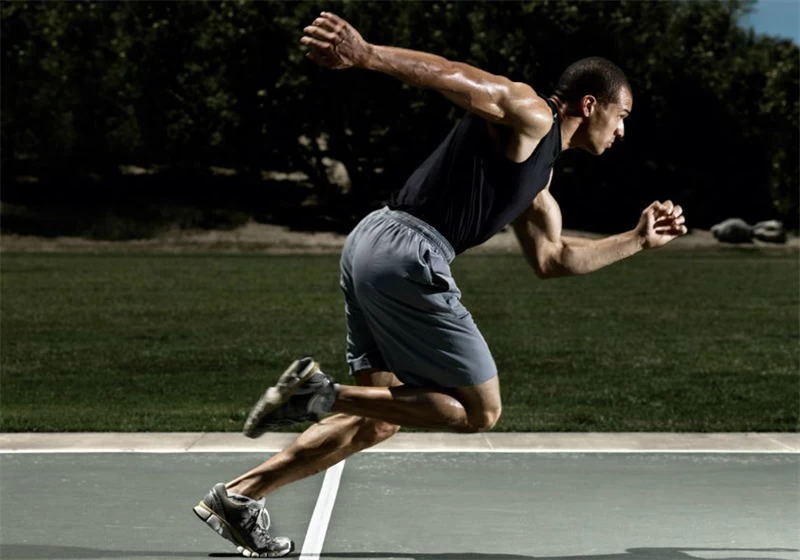XYSFITNESS Seated Row has adjustable pull angle to fit user arm length and exercise preference. Angled multiple grip handles and oversized foot rests give the user added control. The seat pad is also adjustable to comfortably accommodate a wide range of users.
The multi press selectroized equipment is the ultimate solution for building your upper body strength. Designed to target multiple muscle groups, this versatile machine is perfect for working the lower chest, mid-chest, upper chest, and shoulders. With its ergonomic design and adjustable settings, this multipress machine ensures a smooth and effective workout experience for all users.
The Calf Extension allows easy access and enhanced ergonomics for a precisely targeted resistance workout for the calf muscles. The curved foot platform provides even resistance on both feet and serves as a stable foundation throughout the complete range of motion.
Workout angles for an effective contraction of the gluteus. Multi-adjustable chest pad adapts to users of all sizes. The large foot plate provides sufficient stability.
Powerful, motorized treadmills with shock absorption, interactive touch screens, and multiple training programs. Suitable for high-traffic gyms and clubs.


